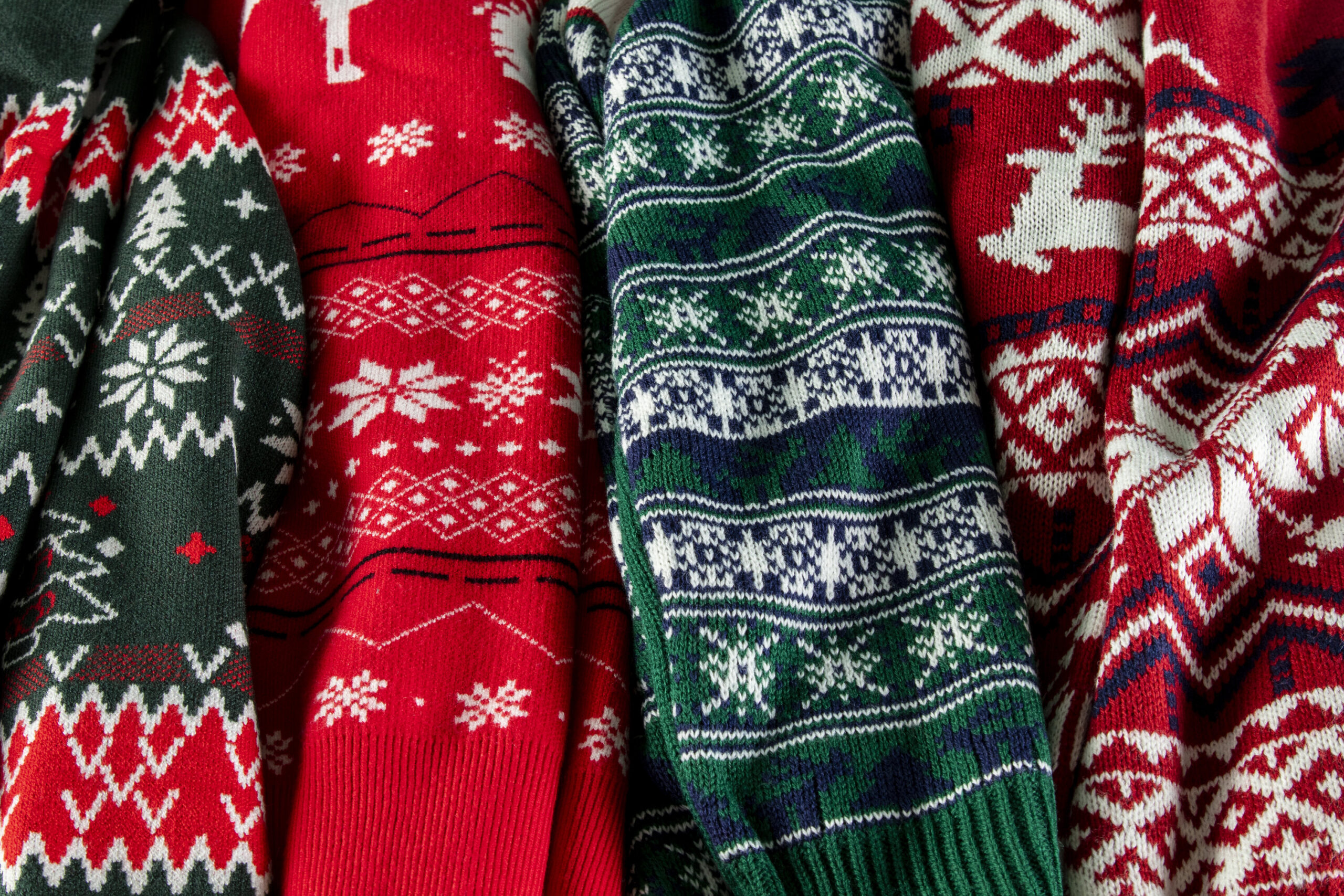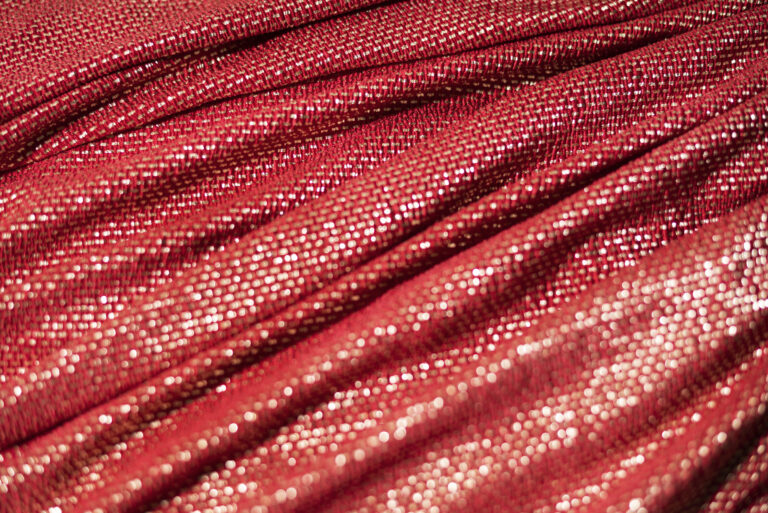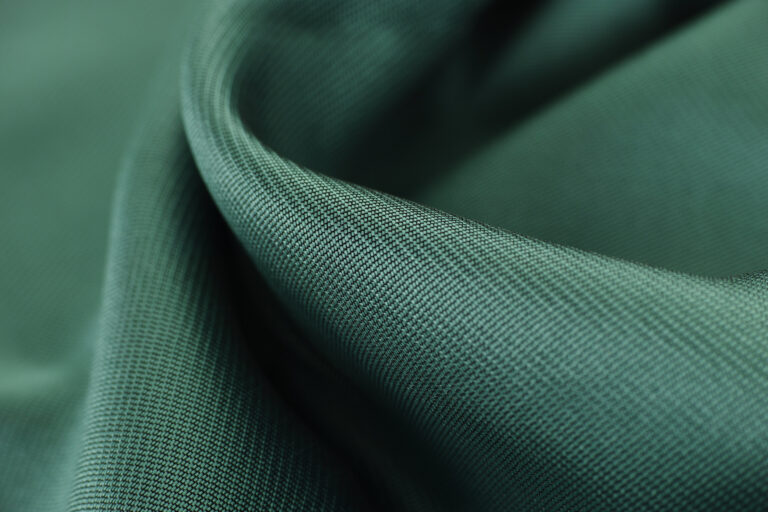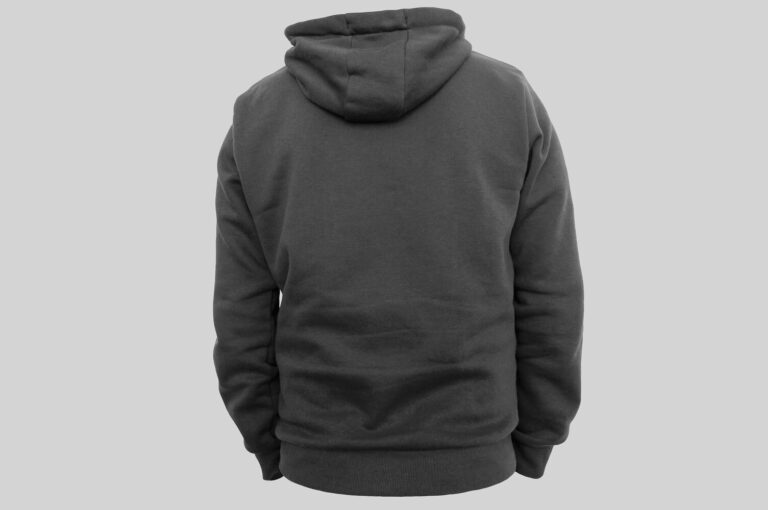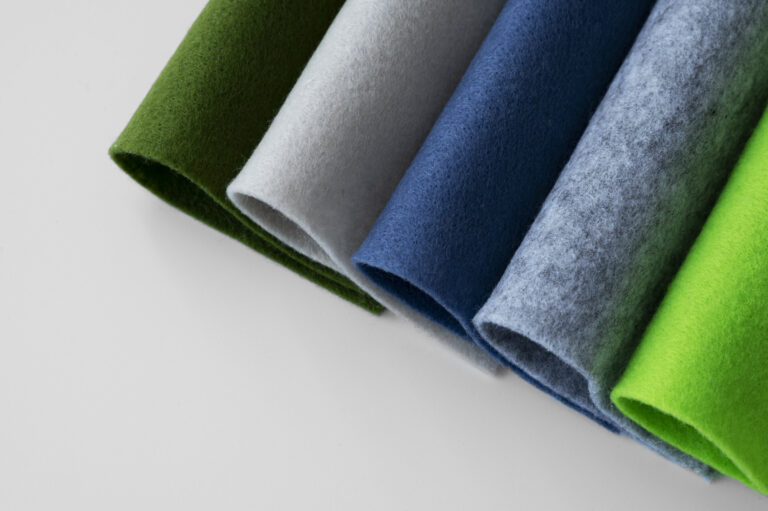The 9 Best Winter Fabrics for a Perfect Fit and Maximum Comfort
As the winter months approach, it’s important to start thinking about the fabrics you’ll be wearing to keep warm and comfortable.
The right fabric can make all the difference in staying cozy and stylish throughout the season. In this post, we’ll explore the 9 best winter fabrics for a perfect fit and maximum comfort.
How to Style Winter Fabrics
When it comes to styling winter fabrics, layering is key. Start with a base layer made from a lightweight fabric like silk or polyester.
Next, add a warm and insulating layer such as wool, fleece, or down. For a more stylish look, add a statement piece like a leather jacket or corduroy pants.
Accessorize with hats, scarves, and gloves made from cozy fabrics like cashmere or wool. Don’t be afraid to mix and match textures and patterns to add interest to your winter outfits.
Also read: 8 Best Website Tools Every Fabric Hunter Should Know About
Best Winter Fabrics for a Perfect Fit
Choosing the best winter fabrics for a perfect fit can be challenging, therefore, here are some of the best fabrics you can choose to rock during winter.
1. Wool
Wool is one of the most popular winter fabrics due to its insulating properties. It’s a natural fiber that traps heat and keeps you warm, making it ideal for cold weather clothing.
There are different types of wool, each with their own unique benefits.
Merino wool is a high-quality wool that’s known for its softness and durability. It’s also breathable, making it comfortable to wear even when you’re active.
Merino wool is often used in base layers for skiing and other outdoor activities.
2. Cashmere
Cashmere is a luxurious winter fabric that’s known for its warmth and softness. It’s made from the wool of cashmere goats, which is why it’s often more expensive than other types of wool.
Cashmere is also lightweight, making it perfect for layering.
One of the benefits of cashmere is that it doesn’t irritate the skin like other types of wool can. It’s also very insulating, making it a great choice for cold weather clothing.
To care for cashmere clothing, it’s important to hand wash or dry clean it to avoid damage.
3. Fleece
Fleece is a popular winter fabric that’s affordable and versatile. It’s made from synthetic fibers that mimic the softness and warmth of wool. Fleece is also lightweight and quick-drying, making it ideal for outdoor activities.
There are different types of fleece, each with their own unique benefits. Polar fleece is the most common type of fleece and is known for its softness and warmth.
It’s often used in jackets, vests, and other cold weather clothing.
To care for fleece garments, it’s important to wash them in cold water and avoid using fabric softener. Fabric softener can damage the fibers and reduce their insulating properties.
4. Down
Down is a lightweight and warm winter fabric that’s made from the soft undercoating of geese and ducks.
It’s a popular choice for jackets and coats because it’s very insulating and doesn’t add bulk to the garment.
There are different types of down, each with their own unique benefits. Goose down is the most common type of down and is known for its softness and warmth. It’s also more expensive than duck down.
To care for down clothing, it’s important to avoid washing it in a washing machine. Instead, it should be dry cleaned or hand washed to avoid damaging the delicate fibers.
5. Flannel
Flannel is a soft and warm winter fabric that’s made from cotton or wool. It’s often used in shirts, pajamas, and other cold weather clothing.
Flannel is very insulating and breathable, making it comfortable to wear even when you’re active.
There are different types of flannel, each with their own unique benefits. Brushed flannel is the most common type of flannel and is known for its softness and warmth.
It’s often used in pajamas and bedding because it’s very comfortable to wear.
To care for flannel clothing, it’s important to wash it in cold water and avoid using fabric softener. Fabric softener can reduce the insulating properties of the fabric.
6. Leather
Leather is a durable and warm winter fabric that’s made from animal hides. It’s often used in jackets, boots, and other cold weather clothing. Leather is very insulating and water-resistant, making it ideal for winter wear.
There are different types of leather, each with their own unique benefits. Cowhide leather is the most common type of leather and is known for its durability and toughness.
Sheepskin leather is another popular option that’s very soft and warm.
To care for leather clothing, it’s important to clean it with a soft cloth and avoid using harsh chemicals or abrasive materials. Leather should also be stored in a cool, dry place to avoid damage.
7. Corduroy
Corduroy is a warm and durable winter fabric that’s made from cotton. It’s often used in pants, jackets, and other cold weather clothing. It is very insulating and comfortable to wear, making it a popular choice for winter fashion.
One of the benefits of corduroy is that it’s very versatile. It can be dressed up or down, making it a great choice for both casual and formal wear.
To care for corduroy clothing, it’s important to wash it in cold water and avoid using fabric softener.
8. Silk
Silk is a luxurious winter fabric that’s known for its softness and warmth.
It’s made from the fibers of silk worms and is often used in high-end winter fashion. Silk is very insulating and lightweight, making it a great choice for layering.
One of the benefits of silk is that it’s hypoallergenic, making it a great choice for people with sensitive skin. Silk is also very breathable, making it comfortable to wear even when you’re active.
To care for silk clothing, it’s important to hand wash it or have it dry cleaned to avoid damage to the delicate fibers.
9. Polyester
Polyester is a synthetic winter fabric that’s affordable and versatile. It’s often used in jackets, pants, and other cold weather clothing.
Polyester is very insulating and quick-drying, making it ideal for outdoor activities.
One of the benefits of polyester is that it’s very durable and can withstand wear and tear. Polyester is also easy to care for and can be machine washed and dried.
Conclusion
Choosing the right winter fabric is essential for staying warm and comfortable throughout the season.
Wool, cashmere, fleece, down, flannel, leather, corduroy, silk, and polyester are all great options that offer unique benefits.
Whether you’re skiing, hiking, or just running errands, there’s a winter fabric that’s perfect for your needs.
Remember to care for your winter clothing properly to extend its lifespan and ensure that it continues to provide maximum comfort and warmth.
With the right fabric and care, you can stay cozy and stylish all winter long.
